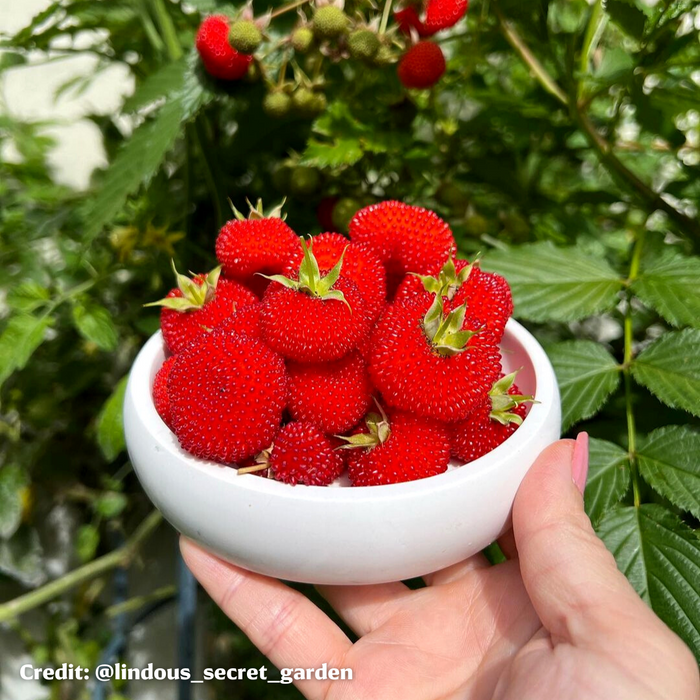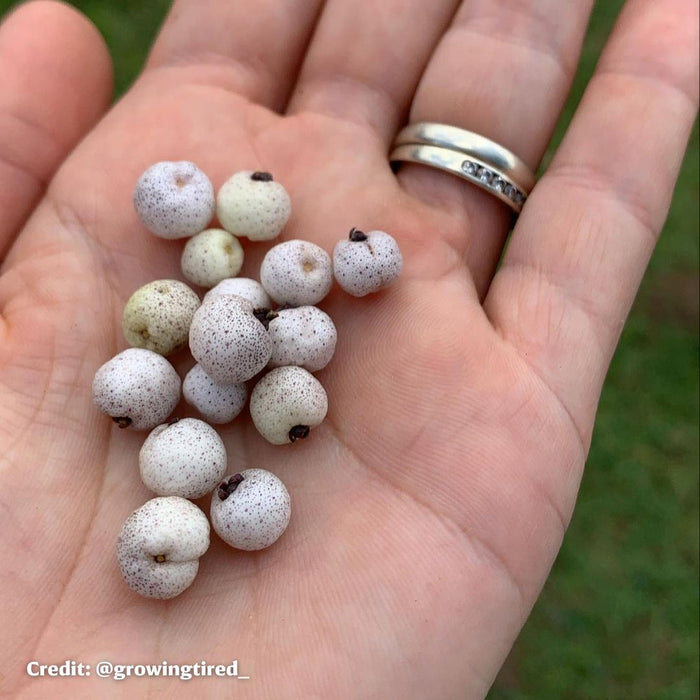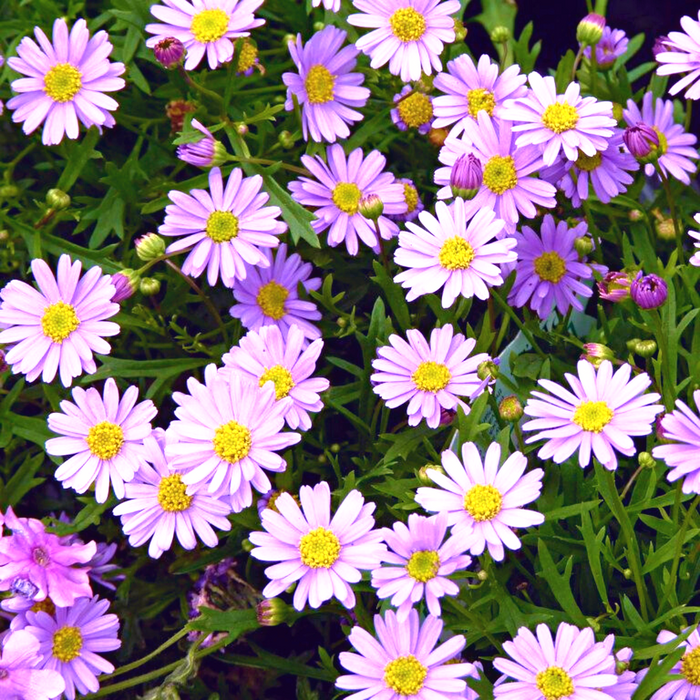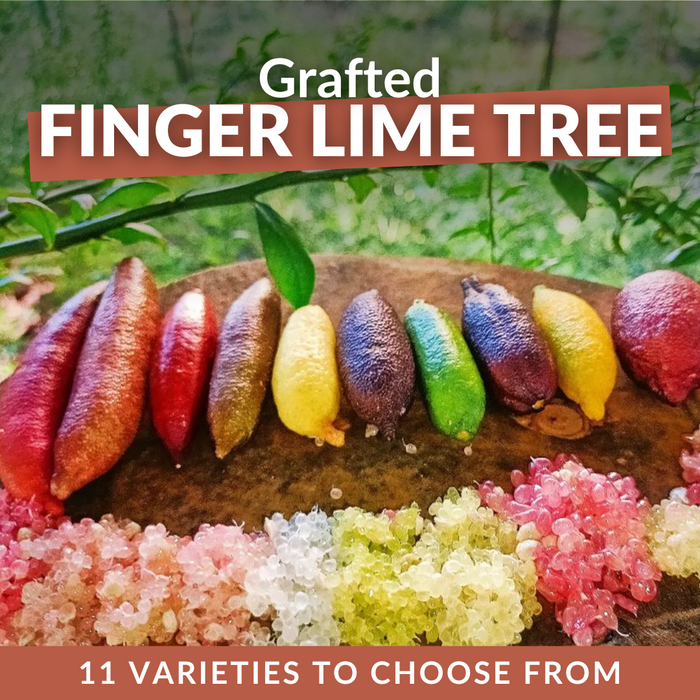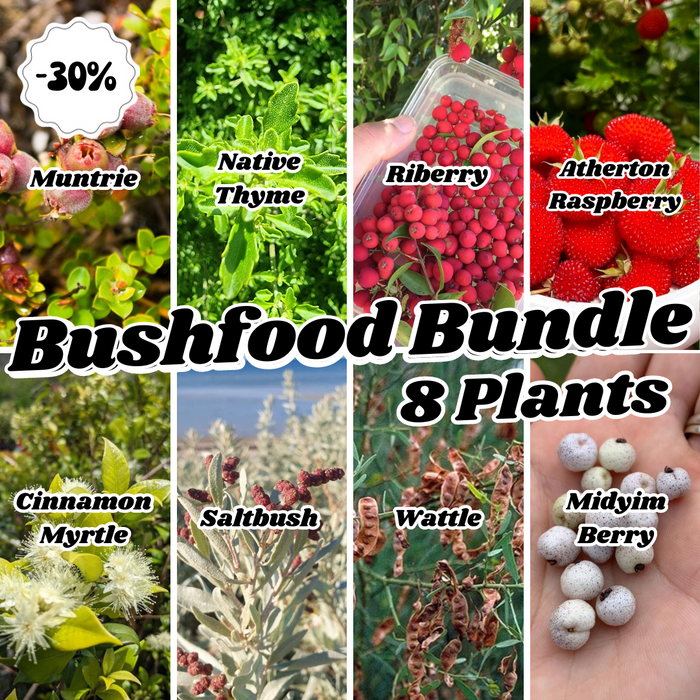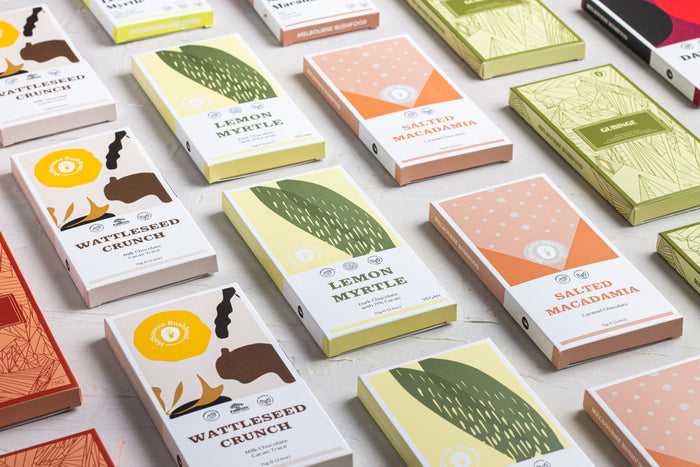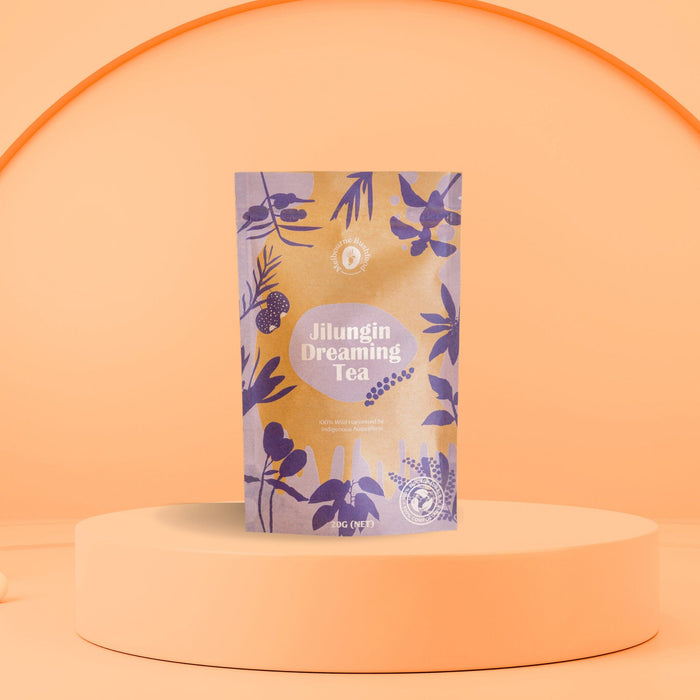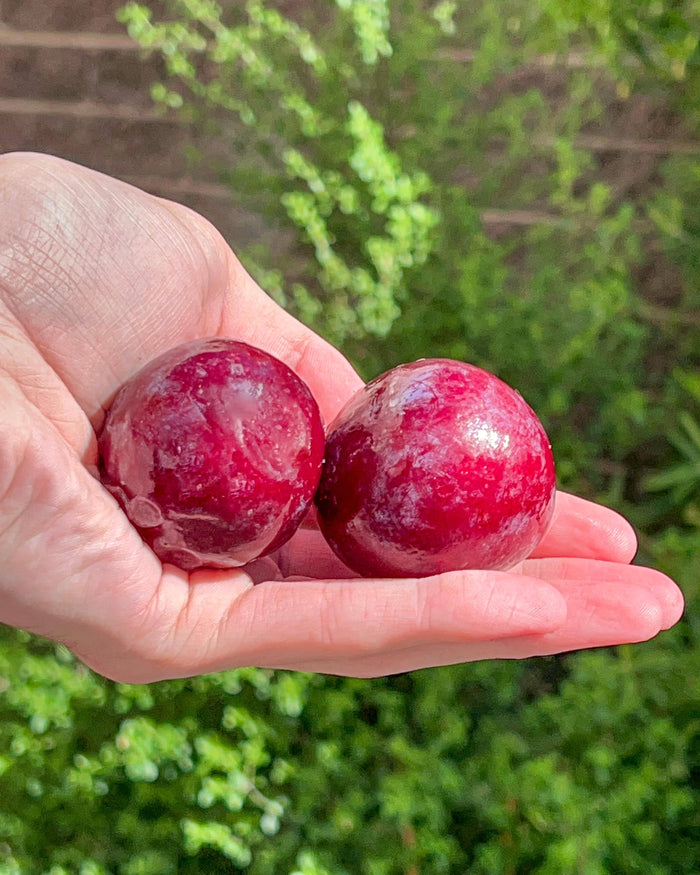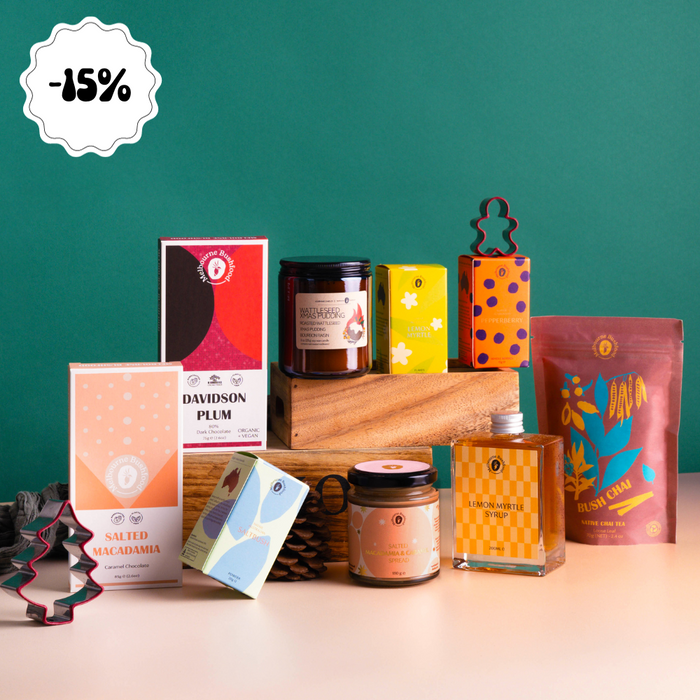Is Bushfood Sustainable?
Australia's agricultural history.
From the buzz of your television to the headlines found as you scroll, climate change activism is everywhere, and it's not going away anytime soon.
People are speaking about it on every tabloid, café and it's a hot topic that can be seen as fires ravage Australia and smoke pillows over our population centres. Agriculture has long been the thorn in environmentalist's spine, as the desire to nourish is counteracted by our everchanging understanding of ethics.
When colonists arrived on the continent, they were met by large meadows that resembled a country estate in England. Large swarms of grasslands covered the land as forests dense with food were pocketed in poor areas of soil. Native grains were growing in the interior, in places our European varieties would perish in. It was these bread baskets that fed generations for thousands of years, and which were destroyed by grazing sheep and cattle in one generation.
Our understanding of this landscape comes from the accounts of colonists, not the inhabitants that managed it. From what they said, we can understand that First Peoples were growing large amounts of food in soil, without irrigation, and without the need for crop rotation - and as you will discover soon, this would significantly better the lives of the original farmers, and the environment.
Why permaculture?
Permaculture - the development of agricultural ecosystems intended to be sustainable and self-sufficient.
Permaculture is the future of agriculture. Currently, we plant one variety of plant over, and over, and over, in rows. Usually, it's the same species, which are genetic clones of each other. They have the same DNA, require the same amount of water, so it's easy to monitor their condition and health. This is called monoculture. However, you need to water them heavily to be able to nourish dampen the roots. Most of which is lost as run-off water, or through evaporation.
Irrigation is the diversion of water from it's original source to another in order to feed crops. In Australia today, that means draining water from the Murray River to water the demands of introduced crops that grow along it. Removing the water has caused water levels to drop so much, that the river has lost billions of litres of water causing major loss of habitat to vulnerable aquatic species, and further strain induced by elongated droughts. Yet considering this, we continue to plant high demanding water crops such as rice, cotton, and as the name says, watermelons.
Australian plants understand their environment and have for thousands of years worked together. By removing the diversity of plants, there is reduced soil diversity in bacteria and fungi that work alongside plants to give nutrients. The decaying material of leaves and branches are removed, thus not recycling the nutrients required for strong and healthy ecosystems. This also leads to the removal of habitat for important insects that help everything run smoothly.
It's about planting species that compliment each other, that give something and take something, without the continuous amount of human interference. It's as natural as can be.
But our imported varieties of fruits and vegetables struggle to survive in our harsh climate without humans supporting them with artificial fertilizer, pesticides, fungicides, and water.
The answer therefore, is permaculture, the original agricultural style in place prior to European arrival.
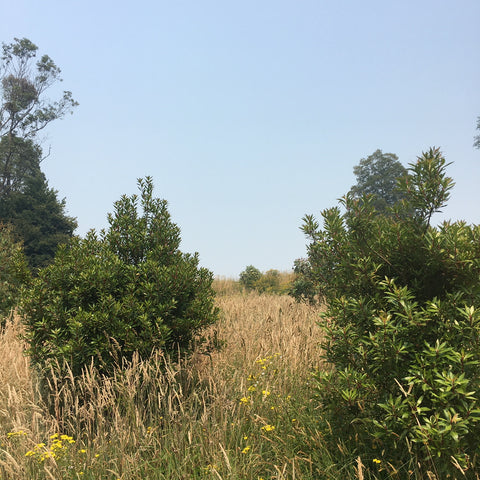
An example of bushfood permaculture. Pepperberry bushes amongst deep grass providing habitat for birds and insects, whilst helping to retain water (removing the need for irrigation)
Why bushfood?
Native plants have evolved to be resistant to Australia's nature. Immune from indigenous insects, native weeds, and droughts, they are the ultimate plants to be harvested to nourish the population. Their flavours are also incredible, similarly mimicking common tastes such as mint, lemon, hazelnut, plums, and garlic. There are a variety of flavours that are rich in nutrients and aren't genetically modified to ensure a strong plant that will not require significant human interaction.
Some of the best examples of permaculture in bushfood are our Strawberry Gum and Peppermint Gum (eucalyptus) growers in Gippsland. Their focus on sustainability and natural growing methods means that their property is abundant in wildlife.
They don't cut grasses to help protect soil which ensures water retention, helping to provide water to plants and thus food to animals. Their property doesn't follow repeated lines of plants, but rather curved footpaths that are dotted with different varieties of native species increasing biodiversity, and crop yields.
On their 40 acre farm, they grow Lemon, Aniseed and Cinnamon Myrtle, Strawberry and Peppermint gum, River Mint, Native Thyme, Warrigal Greens and an abundance of other bush flavours. Their ability to restore the environment has only helped increase the amount they harvest yearly without the use of chemicals making it better for both you, and the environment.
To reduce emissions, it's about changing the way we go about agriculture. Through permaculture we might have a way to preserve our environment, and helping to give food to animals that we usually just spray away. You can also make a direct change by support businesses that focus on sustainably, naturally, Australian ingredients.
Check out our gourmet range of ingredients here

